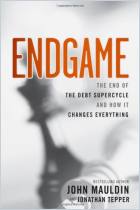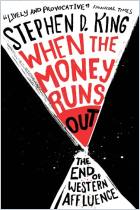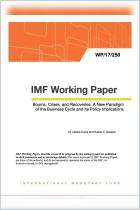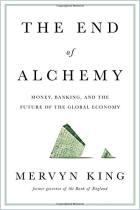
We currently cannot offer you an audio version of this summary.
Recommendation
Economist Richard Koo’s concept of a “balance sheet recession” could change the way economists think and governments behave. Koo describes how, in the aftermath of massive asset devaluations, private corporations turn from profit maximization to debt repayment to clean up their balance sheets. Thus demand for funds evaporates, growth slumps and traditional efforts to bolster the economy fail. With simple and graceful logic, Koo illustrates why state spending is crucial at those times. Leaders in the financial services industry and in government will particularly appreciate this groundbreaking work.
Summary
About the Author
Richard C. Koo is chief economist at the Nomura Research Institute.
Learners who read this summary also read
Book
Book
Book



















Comment on this summary or Iniciar a Discussão